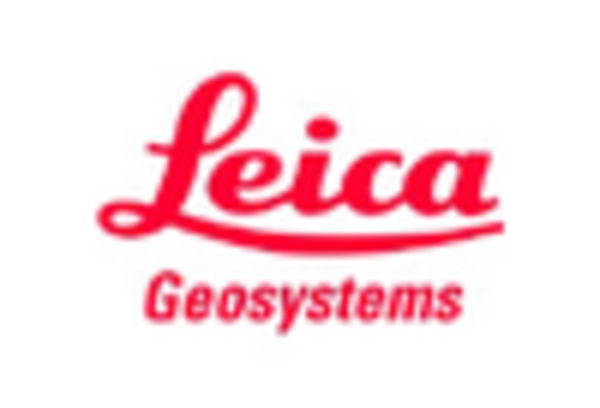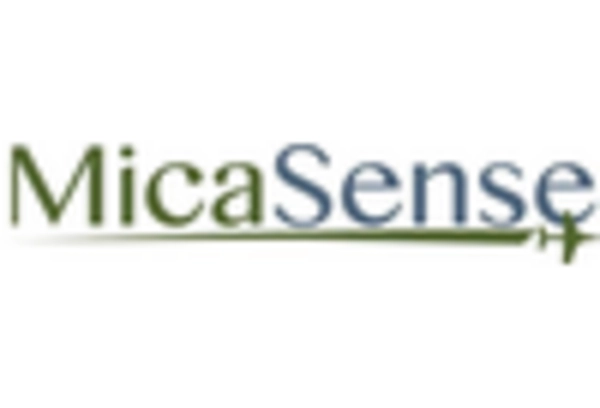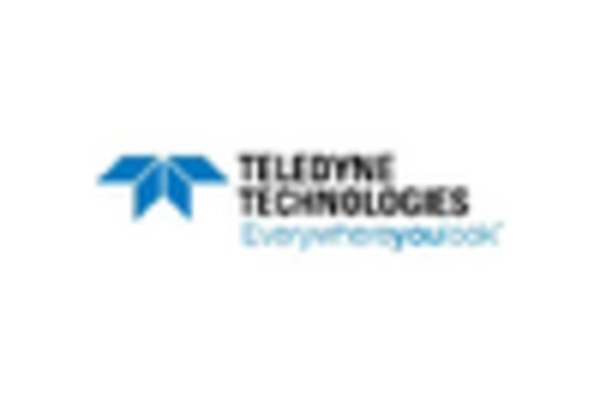The UAV LiDAR Market has witnessed significant growth due to the increasing adoption of drone technology across various industries such as agriculture, construction, forestry, and environmental monitoring. As the market expands, competition intensifies among key players, each striving to enhance their product offerings and service capabilities to gain a competitive edge.
The integration of advanced technologies and innovations, such as real-time data processing and improved sensor accuracy, has become paramount for companies looking to capitalize on the growing demand for UAV LiDAR solutions.
Strategic partnerships, mergers, and acquisitions are common strategies employed by companies to strengthen their market presence and fortify their research and development efforts. The market is characterized by a mixture of established players and emerging startups, which adds to the dynamic nature of the competitive landscape.
Delair has emerged as a strong contender in the UAV LiDAR Market, showcasing its commitment to technological advancements and customer satisfaction. The company has developed a comprehensive portfolio of UAV solutions designed to cater to various sectors, enabling efficient data collection and analysis.
Delair's systems are known for their robustness and reliability, offering high-resolution LiDAR data that is crucial for applications such as topographic mapping and vegetation analysis. The company's focus on providing end-to-end services, from data acquisition to processing and analysis, positions it well in a market that increasingly values integrated solutions.
Additionally, Delair's strategic collaborations and partnerships with industry stakeholders enhance its capabilities, enabling access to diverse markets and customer bases, ultimately strengthening its competitive standing in the UAV LiDAR arena.
OptiMason, on the other hand, has carved out a niche for itself within the UAV LiDAR Market through its innovative approach and focus on quality. The company emphasizes the importance of precision and efficiency in its UAV LiDAR solutions, catering specifically to the needs of its clients.
OptiMason is particularly recognized for its advanced data processing capabilities, which enhance the usability and accuracy of LiDAR data. The company's commitment to continuous research and development allows it to stay ahead of technological trends, integrating new advancements into its product offerings.
Furthermore, OptiMason's strong customer support and service infrastructure contribute to its reputation as a reliable player in the market. By maintaining a strong emphasis on customer feedback and adaptability, OptiMason effectively positions itself as a forward-thinking leader in the rapidly evolving UAV LiDAR landscape.


















Leave a Comment